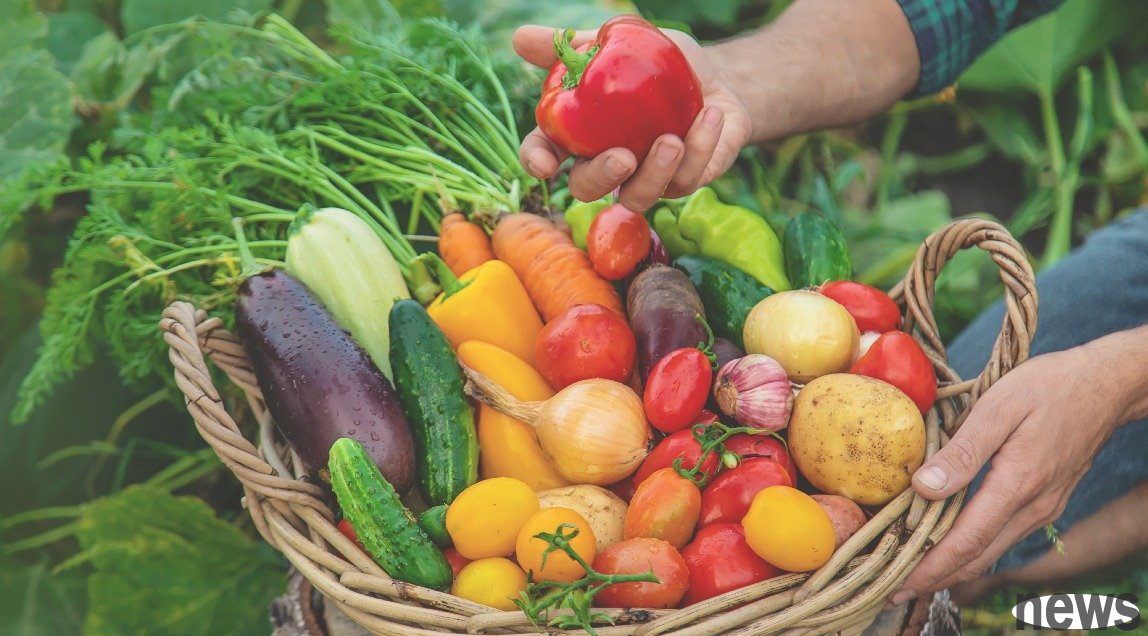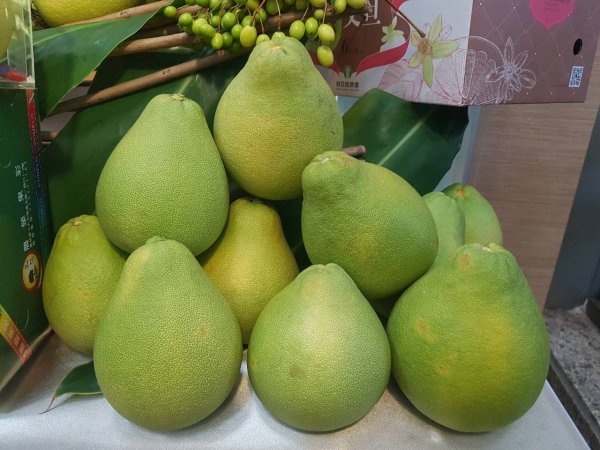How much does the dietary fiber need to eat every day to fill it up? Nutritionists recommend "4 correct ways to eat fiber" to supplement daily needs

Nowadays, due to the majority of external food, the dietary standard is prone to insufficient intake, which leads to problems with the kidneys. Dietary fiber refers to a substance that is not digested by the human kidney and tinea. It plays a key role in maintaining stomach health. It can not only promote gastric peristalsis and improve constipation, but also increase foot feeling, inhibit appetite, regulate blood sugar, prolong the rise in blood sugar after meals, lower blood lipids and calcification. It is recommended to take 3 vegetables and 2 fruits every day.
What is a dietary fiber? How much do you need to take every day?Due to the Westernization of diet, modern people have become increasingly highly processed and refined. In addition, regular eating outside food has led to difficult dietary stamina, resulting in imbalance in the kidney bacteria, which can easily lead to constipation, abdominal distension and other conditions of gastrointestinal incompatibility. So, what exactly is a dietary fiber? How much do we need to take every day?
The definition of dietary fiber is that the human kidney and kidney microorganism cannot digest and absorb edible carbohydrates and lignin polymerized by more than three single sugars. In short, dietary fiber is polysaccharides and lignin that cannot be decomposed by digestive enzymes in the human kidney. However, dietary stamina plays an extremely key role in maintaining stomach health. It not only promotes gastric peristalsis and improves constipation, but also increases foot feeling, inhibits appetite, regulates blood sugar, prolongs the rise in blood sugar after meals, lowers blood lipids and calcisterols. In addition, dietary fibers can also provide the nutrients needed for growth of the kidney microorganisms, helping to maintain the balance of the kidney bacteria.
More than 90% of the national population have insufficient dietary fiber intakeAccording to the results of the "National Nutrition and Health Condition Change Survey 2013-2016", the daily dietary fiber intake of ethnic groups over 19 years old is 13.5-18.8 grams, which is far lower than the recommended amount of 25-35 grams, and the intake is obviously insufficient.
Dietary fibers are divided into water-soluble and water-insolubleDietary fibers are mostly found in fruits and vegetables, grains and beans. Water-soluble dietary fibers include fruit gel, plant gel, β-glucosaccharide, seaweed gel, etc., while fiberglass, lignin, semi-fiber, etc. are classified as water-insoluble dietary fibers.
Water-soluble dietary fiber has many characteristics: soft taste, viscosity, and high gel content. Its water absorption and expansion properties help improve the feeling of footwork, and at the same time adjust the absorption of carbohydrates to avoid too high blood sugar after meals. In addition, water-soluble dietary fiber can also reduce low-density lipoprotein (LDL) and promote the growth of probiotics in the kidney. Commonly seen foods include oatmeal, konjac, various fruits and vegetables, caravans, kombu and sea buds.
The water-insoluble dietary fiber is rough and hard and not sticky, and because it is insoluble in water, it can almost maintain its original structure when passing through the digestive tract. It has a variety of main effects, including reducing kidney tract pressure, increasing titration, promoting stomach peristalsis, and shortening the time when food residue stays in the kidney tract, which helps prevent constipation and reduces the risk of developing kidney cancer. The water-insoluble dietary fibers are mostly vegetarian, beans and vegetables, such as cauliflower, sweet potato leaves, bamboo worms, etc., which contain more water-insoluble dietary fibers.
It is best to eat this every day1. Use full-size rice flour instead of refined powder
2. 3 servings of vegetables per day (one vegetable is the amount of the half bowl of cooked)
3. Eat 2 fist fruits every day, and it is best to have different types
4. Use high-standard drinks instead of sugary drinks (such as high-standard beans, high-standard milk, etc.)
The National Health Administration reminds the public to grow a healthy dietary pattern of "3 vegetables and 2 fruits". 3 vegetables and 2 fruits should be taken every day, and choose vegetables and fruits that are rich in color in the local season. Most people nowadays have mostly eaten outside. It is recommended that when choosing food, they can mainly focus on high-fiber content, and replace sugary drinks with high-fiber drinks in order to get enough dietary fiber.














